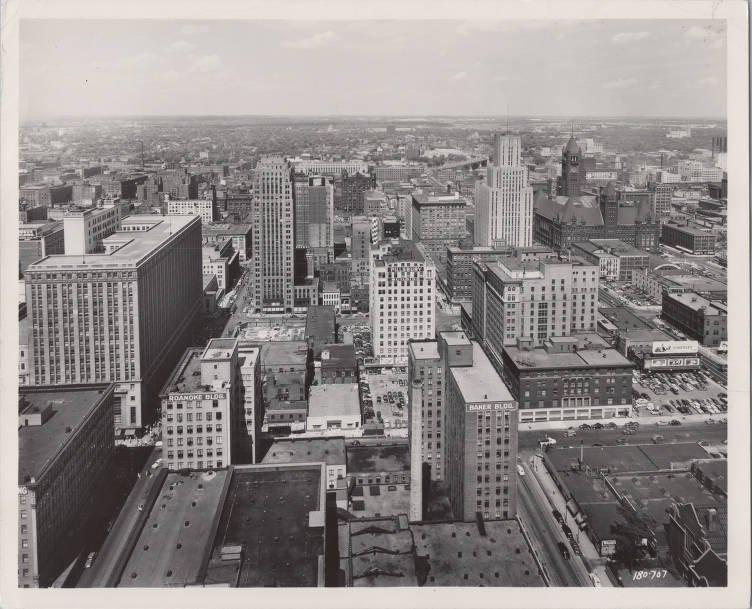The History of Sheet Metal in Minneapolis: How an Industry Shaped a City
The history of sheet metal in Minneapolis is deeply intertwined with the city’s growth as an industrial and architectural powerhouse. From early blacksmith shops to modern fabrication companies, the Minneapolis sheet metal industry has played a vital role in shaping the skyline, supporting local manufacturing, and fueling economic development across Minnesota.
Edward K. Thomas,
View of Fort Snelling,
around 1850
Oil on canvas
The Minneapolis Institute of Art
Early Beginnings: Craftsmanship on the Frontier
In the late 1800s, Minneapolis was booming. Lumber, milling, and railroads fueled rapid expansion, and with that growth came a need for skilled metalworkers. Early sheet-metal work was largely performed by tinsmiths and blacksmiths who crafted essentials such as:
Roofing and gutters
Stove pipes
Agricultural equipment
Custom metal fittings for mills and factories
As mills along the Mississippi River grew into world-renowned operations, so did the demand for metal fabrication in Minneapolis. Sheet-metal became a cornerstone of the city’s developing infrastructure.
Bohemian Flats (1880)
Photo from the Minnesota Historical Society
Industrial Expansion in the Early 20th Century
By the early 1900s, technological advancements transformed sheet-metal from a handcrafted trade into a key part of industrial production. Minneapolis became a regional hub for:
HVAC ductwork manufacturing
Architectural metalwork
Industrial machinery components
Metal roofing and siding
Skilled sheet-metal workers contributed to major projects throughout Minneapolis, including early high-rise buildings, public facilities, and transportation infrastructure.
Downtown Minnepolis - 1950’s
Post-War Growth and Modernization
After World War II, Minneapolis saw renewed industrial growth. Automation, new alloys, and improved fabrication techniques reshaped the industry. Sheet-metal companies expanded their services to include:
Precision laser cutting
Automated forming and welding
Custom architectural features
Commercial HVAC systems
The construction boom of the 1950s through the 1980s benefited greatly from local expertise. Everything from schools to hospitals to office towers relied on Minneapolis sheet-metal contractors to deliver durable and energy-efficient solutions.
The Rise of Architectural Sheet Metal in Minneapolis
Minneapolis is known for its distinctive architecture, and sheet-metal has played a major role in achieving bold, modern designs. From custom façades to copper and aluminum accents, architectural metalwork became one of the city’s specialties.
Skilled metalworkers contributed to iconic Twin Cities structures by producing:
Metal wall panels
Decorative cladding
Canopies and custom outdoor features
Sustainable roofing systems
The combination of craftsmanship and innovation positioned Minneapolis as a leader in architectural sheet metal throughout the Upper Midwest.
A Legacy of Craftsmanship and Innovation
The history of sheet metal in Minneapolis tells a larger story about the city itself—one of innovation, industry, and skilled labor. From hand-formed metal in early workshops to today’s precision-engineered fabrication, the sheet metal trade has helped build and sustain Minneapolis for generations.
As the city continues to grow, the Minneapolis sheet metal industry remains essential to its future, blending tradition with cutting-edge technology to support the next century of progress.



